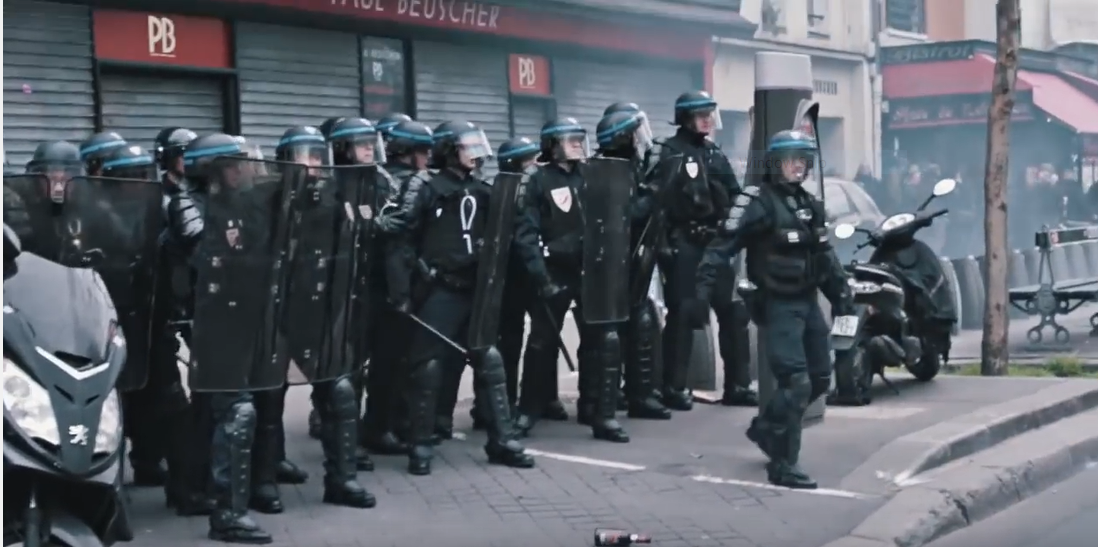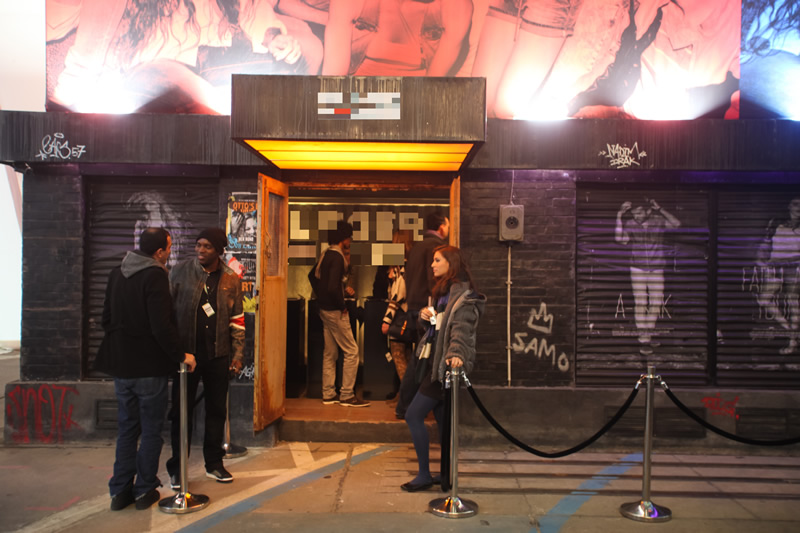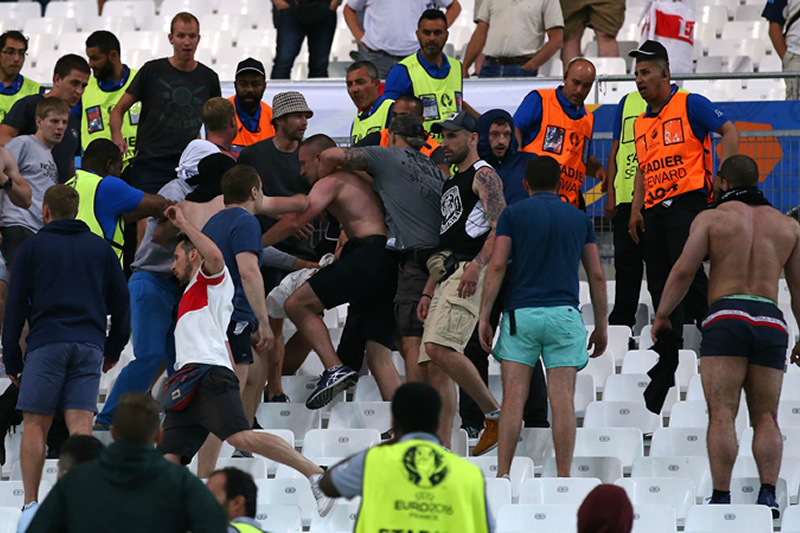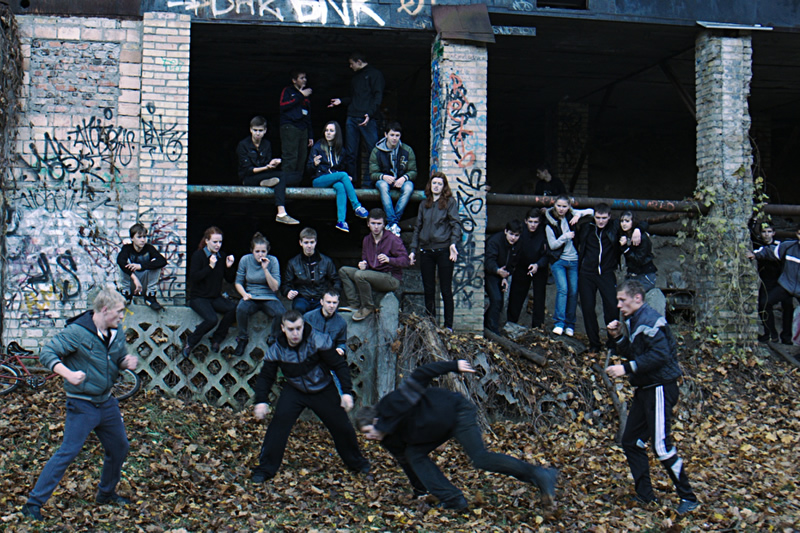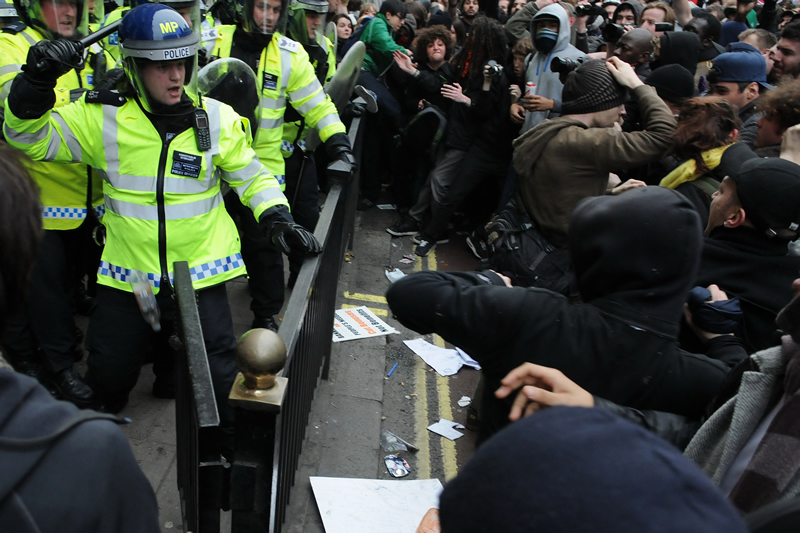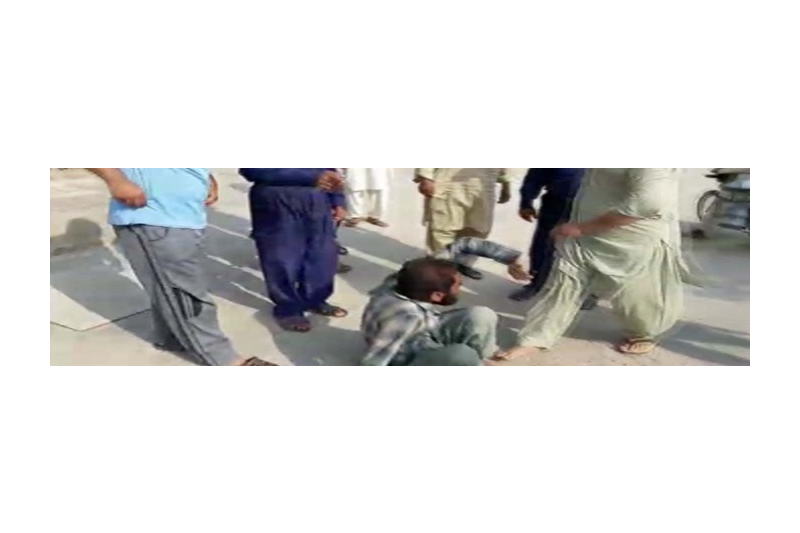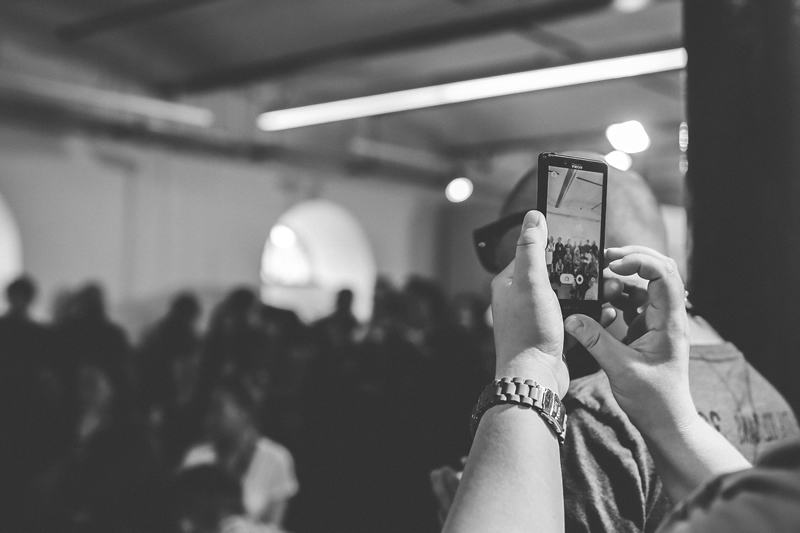Phie van Rompu
On ongoing fieldwork and zooming in on police experiences
A few days ago the Dutch police published new figures on how often police officers encountered violence in the year 2018. Several media outlets reported that violence against officers had increased to around 10.600 cases, which comes down to roughly 25 instances of violence a day. Incidents range from verbal violence (5.000 cases) to physical violence during resisting an arrest (2.600 times), followed by violent encounters during nightlife (1.400) and so forth (Nos.nl, 2019; Nu.nl, 2019). Some media outlets made the effort of talking to officers who experienced violence to share their story. In this blog I want to highlight that police officers experience are an absolute must to understand these new figures on violence. [..]
In my previous blog on why more research is needed on the topic of violence and the police I argued that police officers are often scrutinized for how they handle violent interactions, but that we do not know what these interactions actually look like. I proposed that there is a need for attention to details when studying such interactions that officers encounter, both as a victim of violence and user of it.
I posed that the police experience is a prerequisite to understand how they can effectively deal with these tense and threatening situations, and may even prevent them. Careful consideration of their experience helps to put these recent figures into perspective because they show what these situations actually entail. It is on these goals; understanding the complexity of violence and police officer's lived experiences I aim to reflect here in light of my ongoing fieldwork.
These past months I have spent many hours with police officers, i.e. riding along during shifts, and am in the process of collecting data on violent interactions through semi-structured interviews complemented with elicitation methods. Understanding the intimate experience of violence is a vital matter in this process. To my opinion this methodological approach; starting with ethnographic observations followed by a zoomed-in perspective during interviews, is helpful when studying such intricate dynamics and experiences during violence. I want to highlight two important reasons for my belief.
- The general distrust toward researchers by police officers (well documented by i.a. (Çankaya, 2017; Reiner, 1992; Rojek, Alpert, & Smith, 2012; Van Maanen, 1981);
- The difficulty of reconstructing violent encounters, i.e. staying close to the interaction.
Fieldwork and relationships
In my case, ethnographic fieldwork not only helps to understand the life world of police officers but also has the objective of building relationships that hopefully translate into trustworthy ideas about me as a researcher. Somewhat surprisingly in light of existing research, I do not have the same experience other researchers had, who described dealing with issues of suspicion and being perceived as 'dangerous' (Horn, 1997). I am offered numerous violent situations to talk about, have always been helped out when I asked for it and have not yet dealt with outright rejection. More importantly though, in light of my research goals, fieldwork helps to listen to ideas about how to effectively deal with violence and what do's and don'ts are during violent interactions, as they are expressed during every day (routine) work. Observing not only helps to build relationships, select police officers and incidents to talk about, but also enables me to understand their thoughts, rules, judgements and ideas about violence. So, in order to arrive at the intricate and complex dynamics of violence at all during interviews, ethnographic fieldwork is essential to make police officers feel comfortable talking to me about frightening and anxiety ridden encounters.
The interviews I have conducted so far indicate that officers feel safe enough to express how it feels to be a victim of violence, and share their worries, fears, and ideas about using it. Their stories show what the figures are actually about. Moreover, their accounts point to the complexity of violent experiences; there are no binaries, rather experiences are always in flux and messy. According to them, decisions, intentions and outcomes of violence must be seen in that light. This is a key topic in my research: how is violence, in any way, shape, or form, experienced on-the-spot?
The zoomed-in perspective
Understanding police officer's experience on-the-spot means I need to stay close to actual violent encounters. While the method of interviewing is notoriously contested; some scholars argue it is the best way to understand lived experiences, and others contend that what people say during an interview does not reflect their actual behavior or feelings at that time, I position myself in the middle. I am not seeking the factual truth about what happened, instead I am seeking the meanings police officers attribute to their experience. How do they view the interaction they're in, how did it unfold in their eyes, how did they try to influence the situation, and how do they deal with upcoming feelings of tension, fear and/or anger?
Nevertheless, I do agree that doing interviews runs the potential of producing justifications about actions instead of describing them. This is where the method of elicitation proves to be useful. Wherever possible I'm using the occasional video, police report or report on violence during the interview to take police officers back to that moment and ask them specifically about details.
It allows me to take snapshots in time: 'What is going through your mind here?', or 'How did you interpret the suspects behavior there?' By using elicitation techniques, I aim to go beyond mere knowledge drawn from memory, and subsequent justifications. While watching videos, officers recall why they decided to do something explaining: 'now I remember, it was because she came onto the scene [pointing to the screen] so I had to change my plan'. In short, elicitation helps officers to stay close to the interaction and elaborate on their experiences on-the-spot.
Qualitative data on seemingly 'measurable' research goals
By now it is apparent that I am a big fan of qualitative methods because they shed light on the most intimate, difficult and banal underestimated details of police officer's lived experiences. Such details are not always captured in terms of physical, mental and emotional realities but often extend beyond that. Besides, figures only show so much and I want to know what experiences actually make up these figures. Now it may seem that questioning when and how violence erupts or occurs asks for measurable methods and results. However, I am convinced that attention to details, understanding lived experiences and looking from the point of view of police officers are necessary to come to grips with violent encounters. It provides us with context on figures. While some may argue that only hard data 'proves' how violence happens and police officer's experiences do not, I think 'proving' how violence happened is one thing, understanding why it unfolded like that is another. The latter is equally valuable as determining actual happenings, and this is why we need to look at violent interactions from the perspective of police officers themselves.
Bibliography
Çankaya, S. (2017). The racialization of ethnic minority police officers and researchers: on positionality and (auto)ethnographic fieldwork. European Journal of Policing Studies, 4(4), 119–132.
Horn, R. (1997). Not "One of the Boys": Women researching the police. Journal of Gender Studies, 6(3), 297–308. https://doi.org/10.1080/09589236.1997.9960690
Nos.nl. (2019). Ruim 10.000 meldingen van geweld tegen politie, "neemt over hele linie toe." Retrieved from https://nos.nl/artikel/2278630-ruim-10-000-meldingen-van-geweld-tegen-politie-neemt-over-hele-linie-toe.html
Nu.nl. (2019). Fysiek en verbaal geweld tegen politiemensen toegenomen in 2018. Retrieved from https://www.nu.nl/binnenland/5821377/fysiek-en-verbaal-geweld-tegen-politiemensen-toegenomen-in-2018.html?redirect=1
Reiner, R. (1992). The Politics of the Police. London: Wheatsheaf.
Rojek, J., Alpert, G. P., & Smith, H. P. (2012). Examining Officer and Citizen Accounts of Police Use-of- Force Incidents. Crime & Delinquency, 58(2), 301–327. https://doi.org/10.1177/0011128710386206
Van Maanen, J. (1981). The informant game: selected aspects of ethnographic research in police organizations. Urban Life, 9(4), 469–494.

